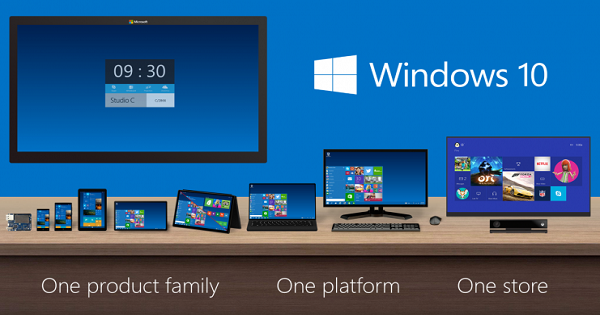Posted by : Unknown
Wednesday, 11 December 2013
According to a report by Trend Micro,
there were about 700 thousand malicious apps recorded at the end of Q3.
At this rate Android malware is expected to reach 1 million by the end
of this year. The risk is not just limited to Android
as various other platforms are also being affected. Users are getting
emails from messaging apps like WhatsApp, which contain malicious links
that lead the user into believing that they will be offered premium
services. This approach primarily forces the attacker to rely on a
source to infect a device rather going for a direct approach.
The number of phishing sites
specifically made for mobile devices also saw a rise of 53% during the
period from January to September this year. In phishing, an attacker
attempts to acquire information like usernames, passwords, and financial
details by masking itself as an authentic entity in an online
communication or transaction.
The most prevalent malwares doing the
round these days include FAKEINST and OPFAKE which are malwares
disguised as genuine apps. A FAKEISNT, if installed on a device, can
send text messages to certain phone numbers leading to high service
charges by the operators. In the case of OPFAKE, the app opens an HTML
page and asks the user to download a malicious file. Malwares that pose
the highest risk include ARPUSH and LEADBLT. They are primarily adware
and info-stealers where data related to the device like OS information,
GPS location, IMEI, etc. is collected and transferred to the attacker.
- Back to Home »
- android , apps , communication , cyber , hackers , internet , security , smartphones , user »
- Android Malware to Hit 1 Million by 2013-end: Trend Micro Security Report














